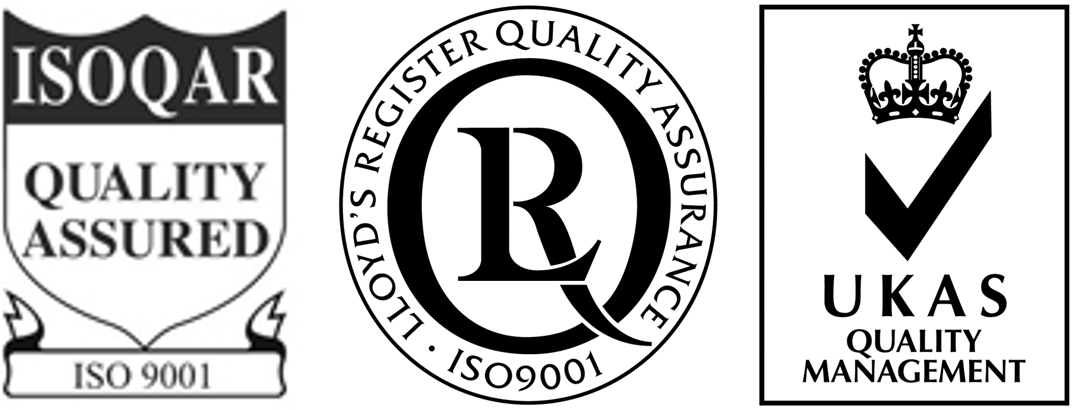pCMV/myc/ER/GFP plasmid哺乳动物表达载体-BioVector NTCC质粒载体菌株细胞蛋白抗体基因保藏中心
- 价 格:¥62281
- 货 号:BioVector831217
- 产 地:北京
- BioVector NTCC典型培养物保藏中心
- 联系人:Dr.Xu, Biovector NTCC Inc.
电话:400-800-2947 工作QQ:1843439339 (微信同号)
邮件:Biovector@163.com
手机:18901268599
地址:北京
- 已注册
Background
The final location of a protein within a cell depends upon 'targeting sequences'
encoded within the sequence of a protein. In the simplest case, the lack of a signal
directs proteins to the default pathway which is the cytoplasm. The presence of a
nuclear localization sequence within a protein or at the N- or C-terminus, directs
the protein to the nucleus, while the mitochondrial leader sequence, which is
removed upon translocation, directs proteins to the mitochondria. Lastly, proteins
destined to be retained in the endoplasmic reticulum (ER) must have an
N-terminal signal peptide to direct the protein into the secretory compartment
and a C-terminal peptide (SEKDEL) to retain the protein in the ER.
Description
The pShooter™ vectors are a family of vectors designed to express and target your
recombinant protein to the desired intracellular location in mammalian cells. They
were originally designed to target single-chain antibodies (scFvs) to specific
intracellular locations (Persic et al., 1997a; Persic et al., 1997b). These vectors can
also be used to target other proteins to different intracellular compartments. The
pShooter™ vectors described in this manual are 5.0 kb expression vectors that
express your recombinant protein as a fusion to a targeting sequence (if necessary)
and the c-myc epitope(Evans et al., 1985). Proteins are targeted to the cytoplasm
(no signal), mitochondria (Rizzuto et al., 1992), nucleus (Fisher-Fantuzzi and
Vesco, 1988), or endoplasmic reticulum (Munro and Pelham, 1987). Expression is
driven by the strong, constitutive immediate-early cytomegalovirus (CMV)
promoter (Stenberg et al., 1984; Thomsen et al., 1984). The table below summarizes
the above features.
In addition, all vectors use the same backbone (pcDNA3) which includes the
bovine growth hormone polyadenylation sequence, an f1 origin, the SV40
origin, the neomycin resistance gene, the SV40 late polyadenylation sequence,
pUC origin, and the ampicillin resistance gene (Persic et al., 1997b). For more
information on all of the above features, see page 16.
Uses of the
pShooter™ Vectors
Targeting Recombinant Proteins
The vectors can be used to direct any recombinant protein to a particular
intracellular location. However, success may be dependent on the specific
protein used. To help analyze experiments, each vector is supplied with an
optimized form of green fluorescent protein (SuperGFP) cloned into the vector
as a control. See pages 22–25 for maps of the control vectors. Guidelines for
assaying SuperGFP fluorescence are also provided.
Targeting Antibodies
The pShooter™ vectors were originally designed for the targeting of scFvs to a
specific intracellular location for intracellular immunization (Biocca and
Cattaneo, 1995; Cattaneo and Biocca, 1997; Persic et al., 1997a). In this technique,
an antibody which is inhibitory for a protein's function can be directed to the
same compartment as the protein itself to inactivate the protein.
The pShooter™ vectors retain all of the features cited in Persic, et al., 1997a.
Some of these features are summarized below.
• The restriction sites in the multiple cloning site were chosen because they
are rare in both human and mouse antibody variable regions and have been
removed from the rest of the vector.
• Vectors consist of a number of functional cassettes flanked by unique
restriction sites, with junctional DNA reduced to a minimum.
• The nuclear localization signal is designed to be at the C-terminus of a scFv,
positioned away from the antigen binding site, to reduce potential problems
of steric hindrance.
• scFvs derived from phage antibody libraries can be easily cloned in from
compatible vectors (e.g. pHEN; Hoogenboom et al., 1991(Hoogenboom et
al., 1991)) or amplified incorporating compatible ends.
For more information on cloning antibodies and antibody domains, refer to
Persic, et al., 1997a. For an example in which these vectors have been used in
intracellular immunization to inhibit function within a cell, see Gargano and
Cattaneo, 1997.
- 公告/新闻



 免费订购电话: 400-800-2947
免费订购电话: 400-800-2947